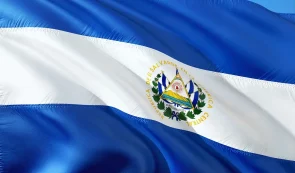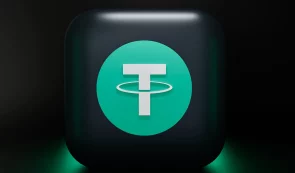What is Dai
Dai is the stable cryptocurrency of the decentralized autonomous organization MakerDAO, whose value is fixed to that of the US dollar through a system of smart contracts and decentralized participants who are incentivized by these contracts to perform maintenance and management functions.
Overall, MakerDAO is growing in popularity. In fact, it is one of the most commonly used and longest-running projects in the DeFi ecosystem.
Essentially, MakerDAO is a peer-to-peer or decentralized organization focused on developing technology to facilitate saving, borrowing, and lending functionalities along with a stable cryptocurrency on the Ethereum blockchain network. The organization is run by people worldwide who own MakerDAO’s cryptocurrency, Maker (MKR).
History of MakerDAO and Dai
In 2014, a Dane named Ruun Christiansen started an open-source project called MakerDAO, subsequently ceding ownership of the project to the community.
Towards the end of 2017, Dai and the associated smart contracts were officially released to the main Ethereum network. Dai’s price was almost 1:1 with the US dollar in its first year of existence, although the price of ETH, the only available collateral at the time, dropped by more than 80%.
In September 2018, world-renowned venture capital firm Andreessen Horowitz invested $15 million in MakerDAO to purchase 6% of the total supply of Maker (MKR) tokens. This was the first investment for the firm’s $300 million a16z crypto fund.
In 2019, MakerDAO experienced an internal struggle over whether it should integrate more with the traditional financial system. Christensen wanted greater regulatory compliance to allow assets besides cryptocurrencies to serve as collateral for Dai. The disagreement led to the departure of MakerDAO’s CTO.
Crypto loans
On the platform, you can borrow money in the form of the stablecoin DAI. Users need to lock a certain amount of ETH into smart contracts on the MakerDAO protocol to create a certain amount of DAI.
- The user deposits ETH or another supported cryptocurrency as collateral.
- DAI is then generated
- DAI is paid to the user in the form of a loan
- The user can return the same amount of DAI, pay a small fee, and get their collateral back.
When borrowing DAI, you must provide at least 150% of the value as collateral. By doing so, you unlock more money in collateral than the loan’s value. If the collateral falls below 150%, the deposited collateral is forced sold (liquidated), and the borrower is also charged a small fee.



